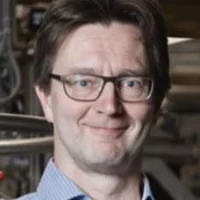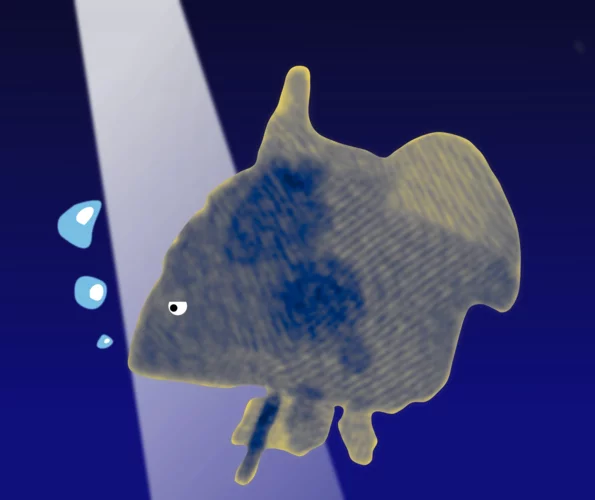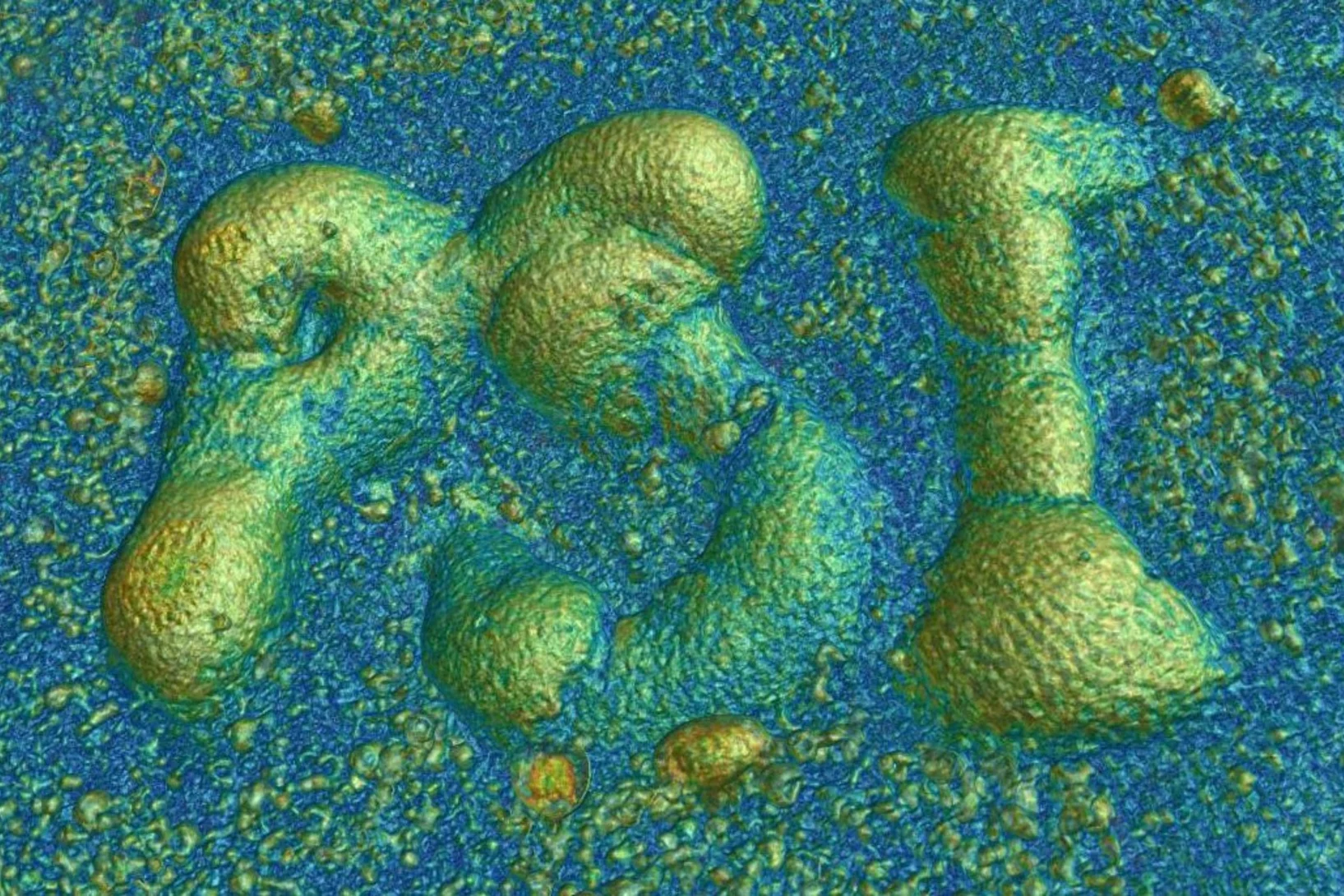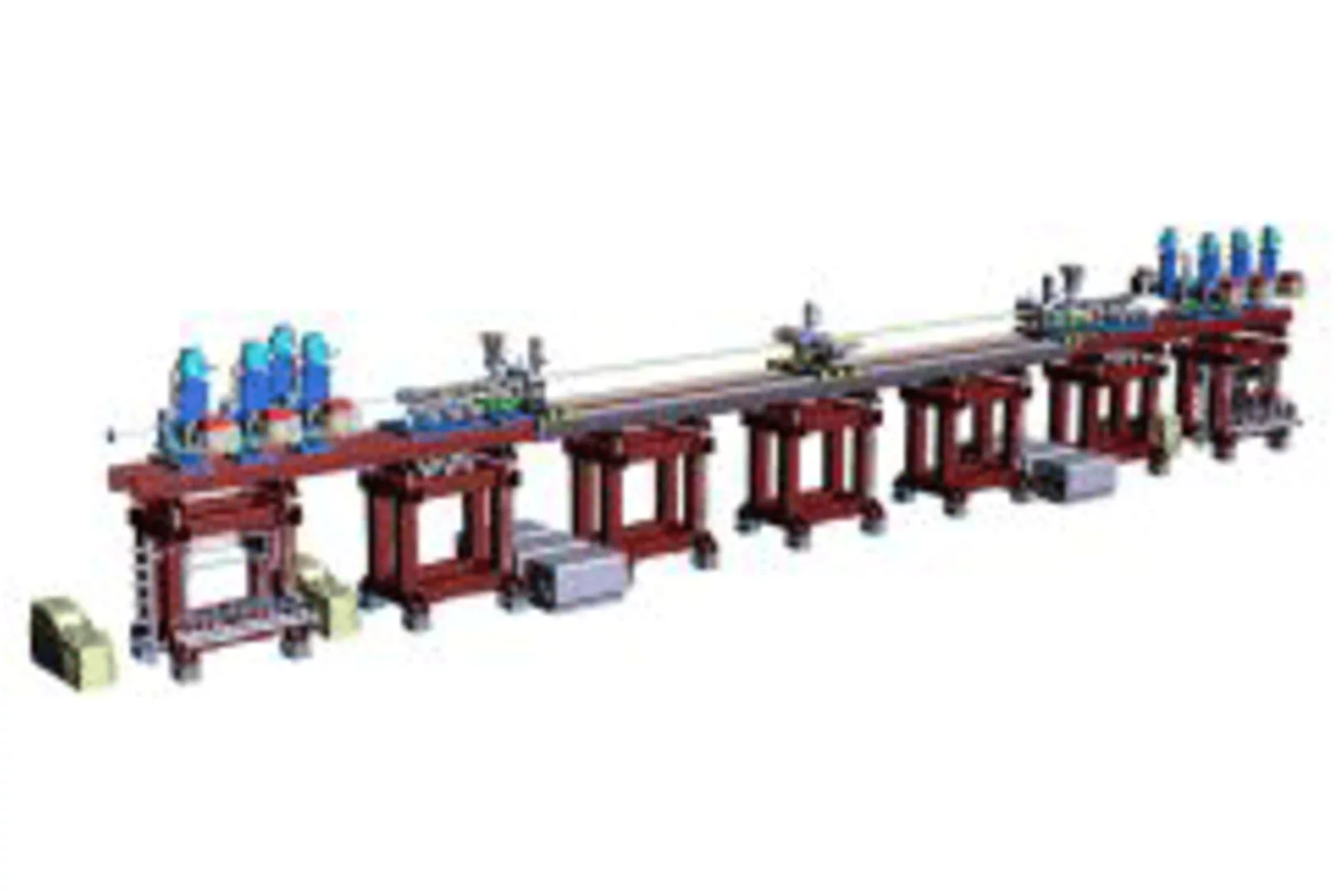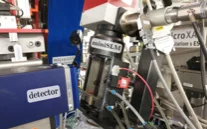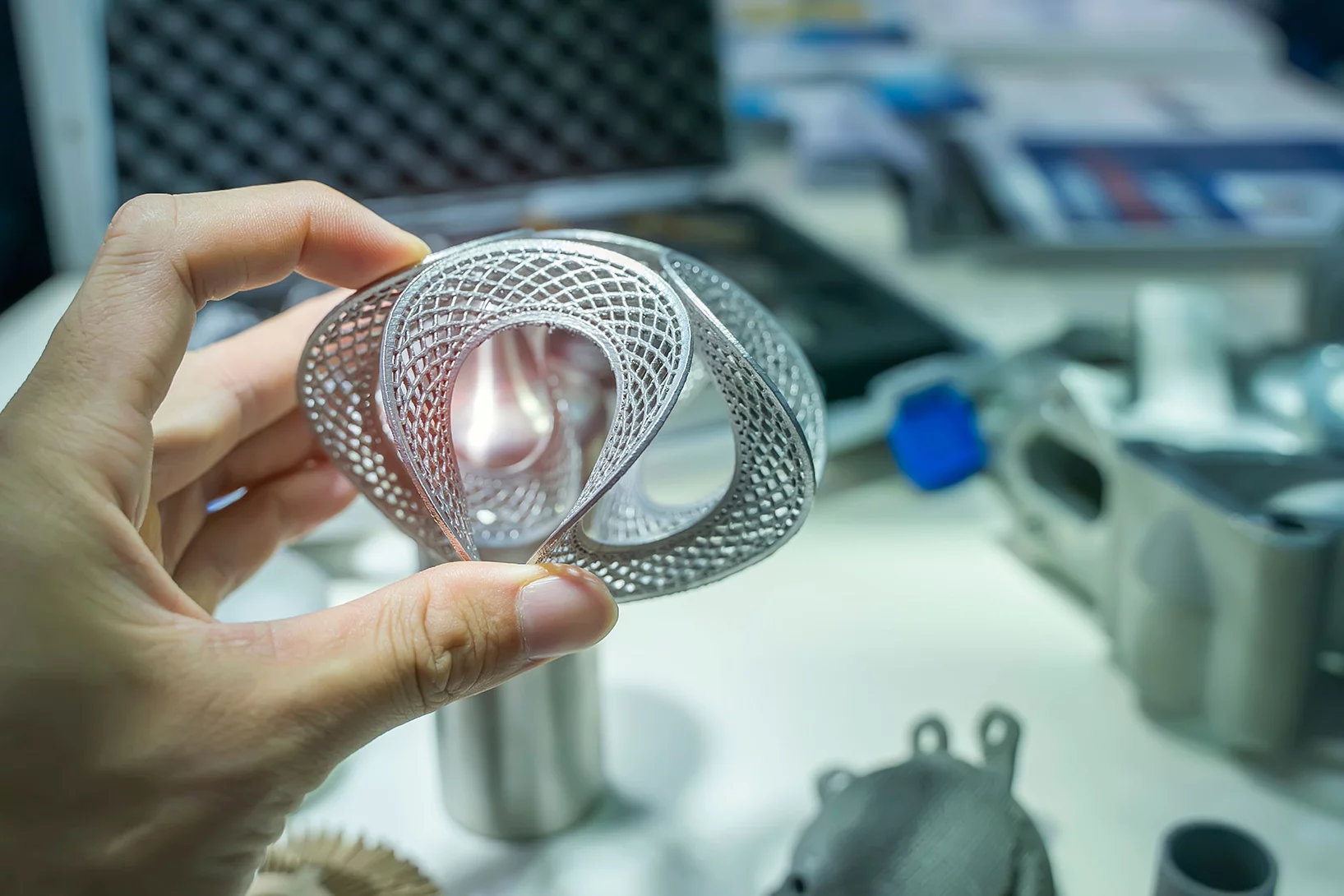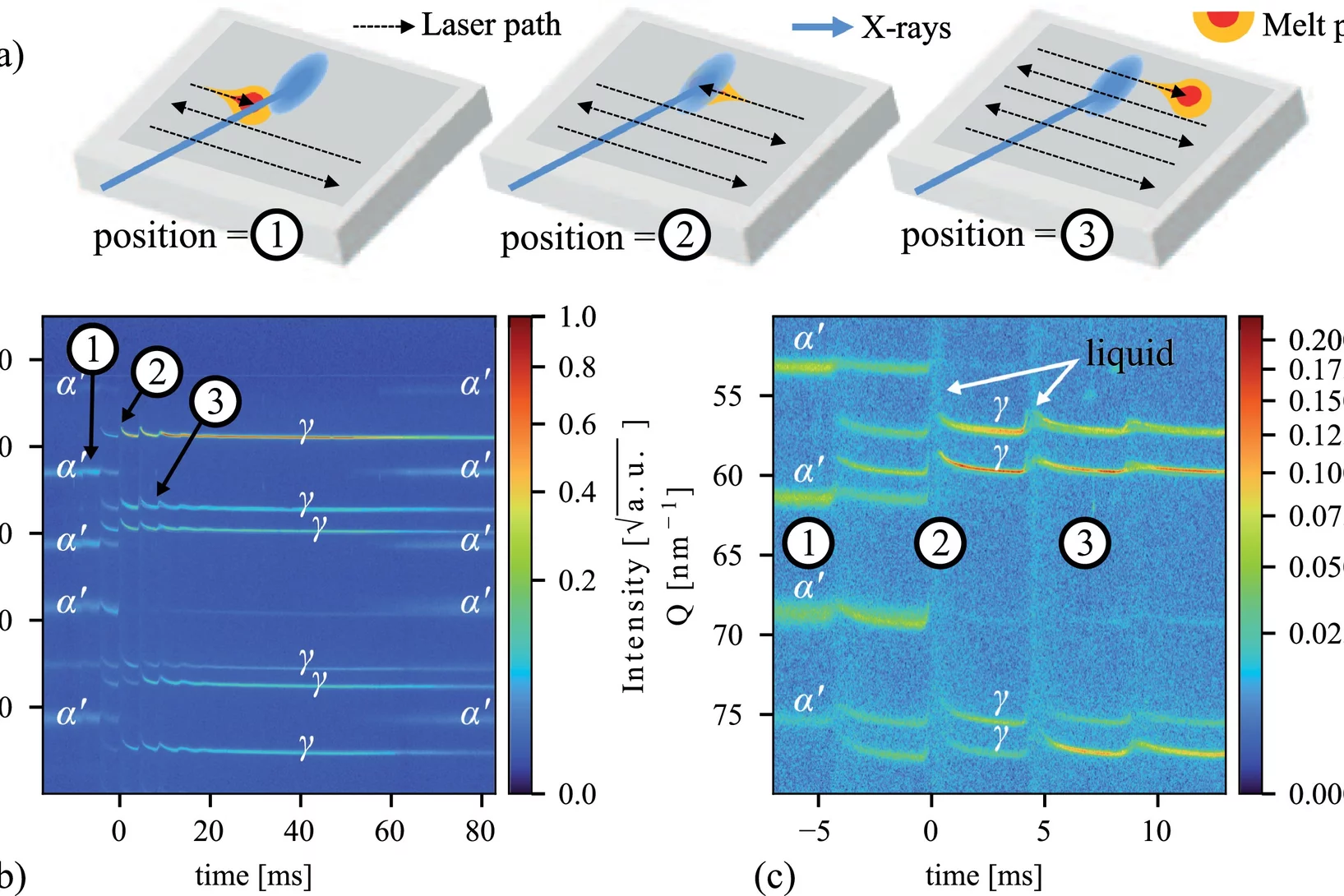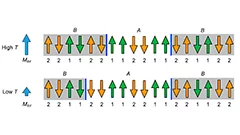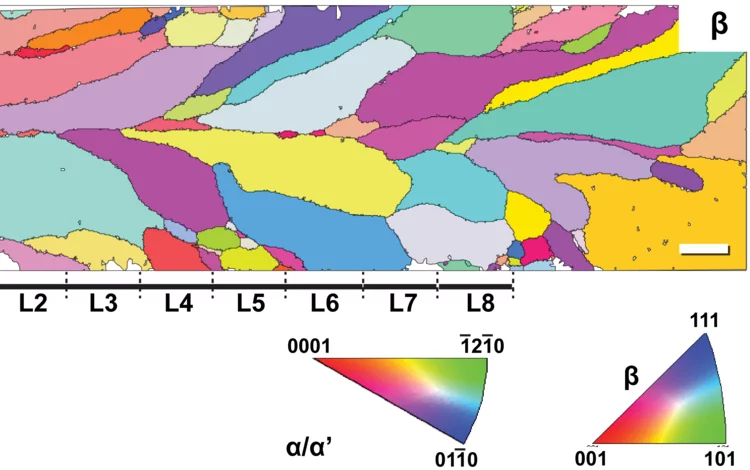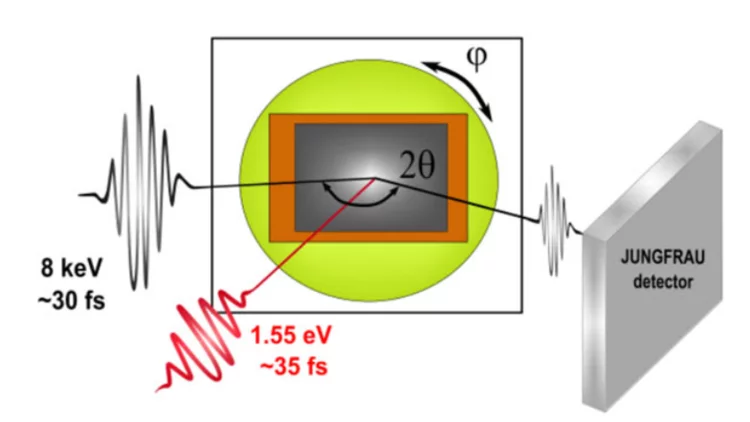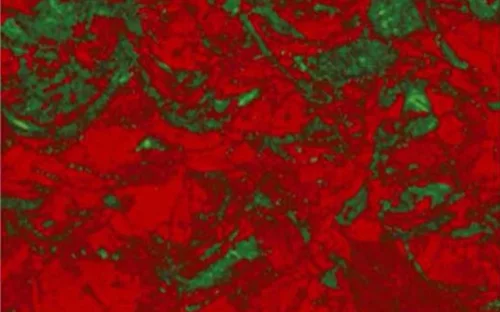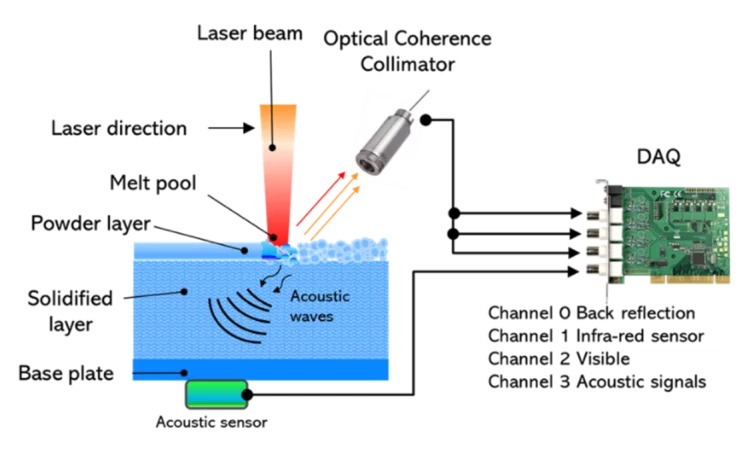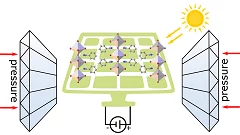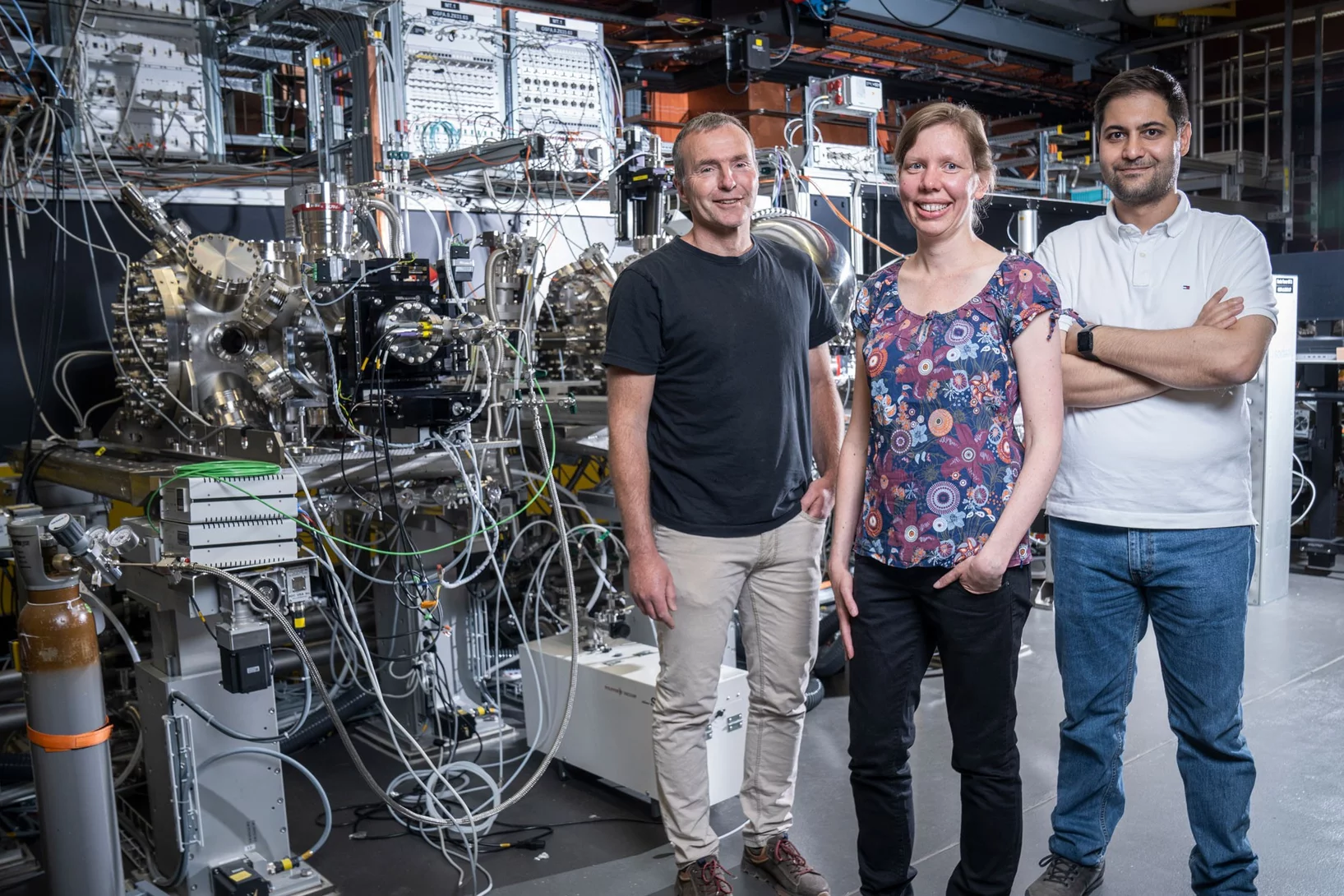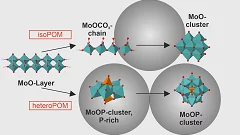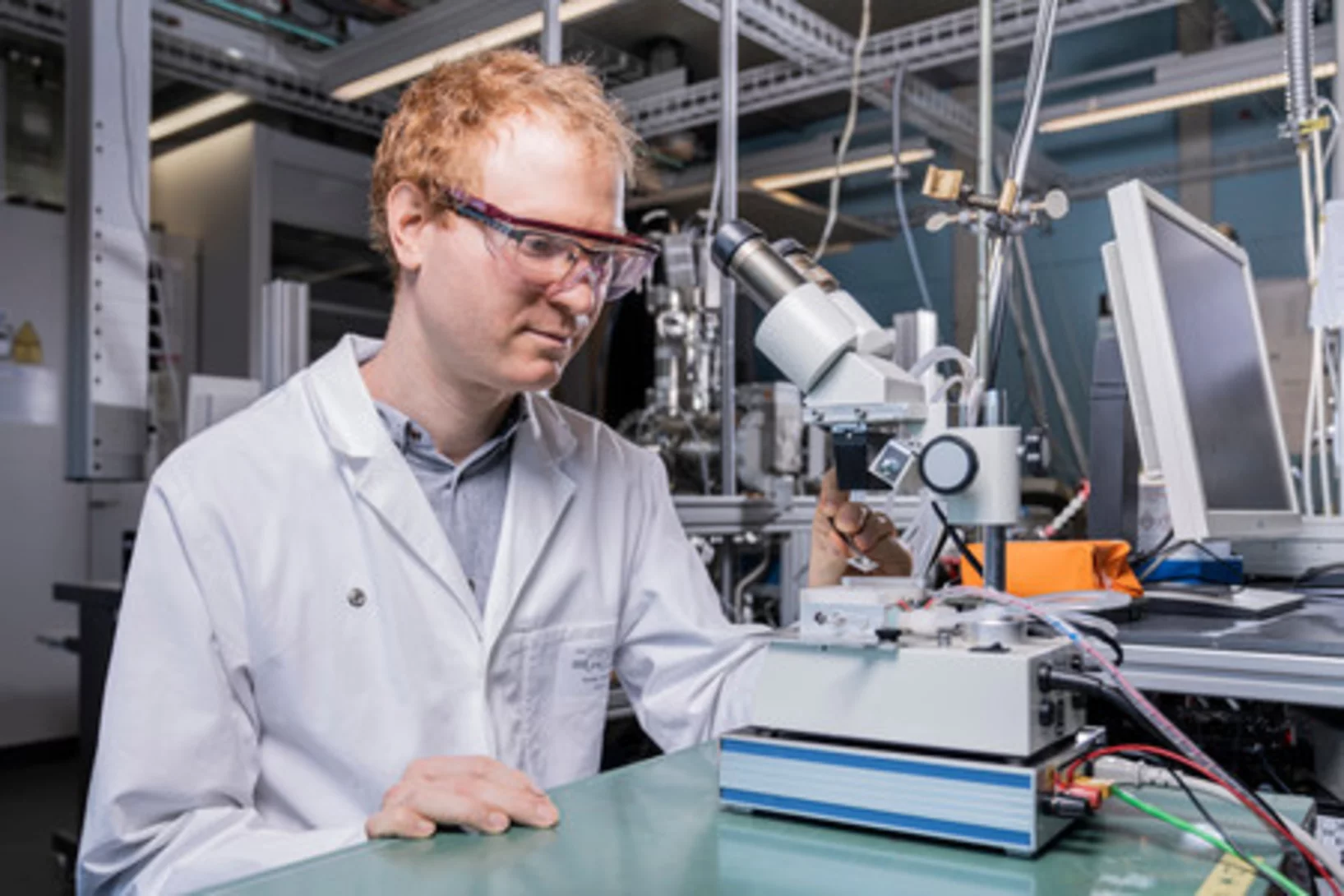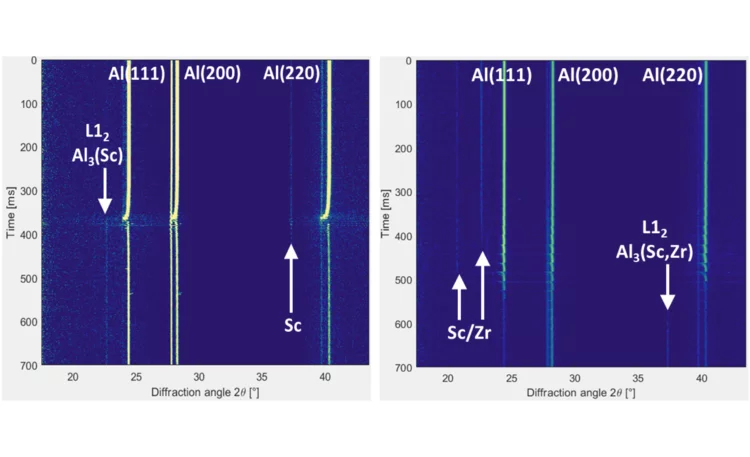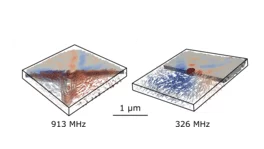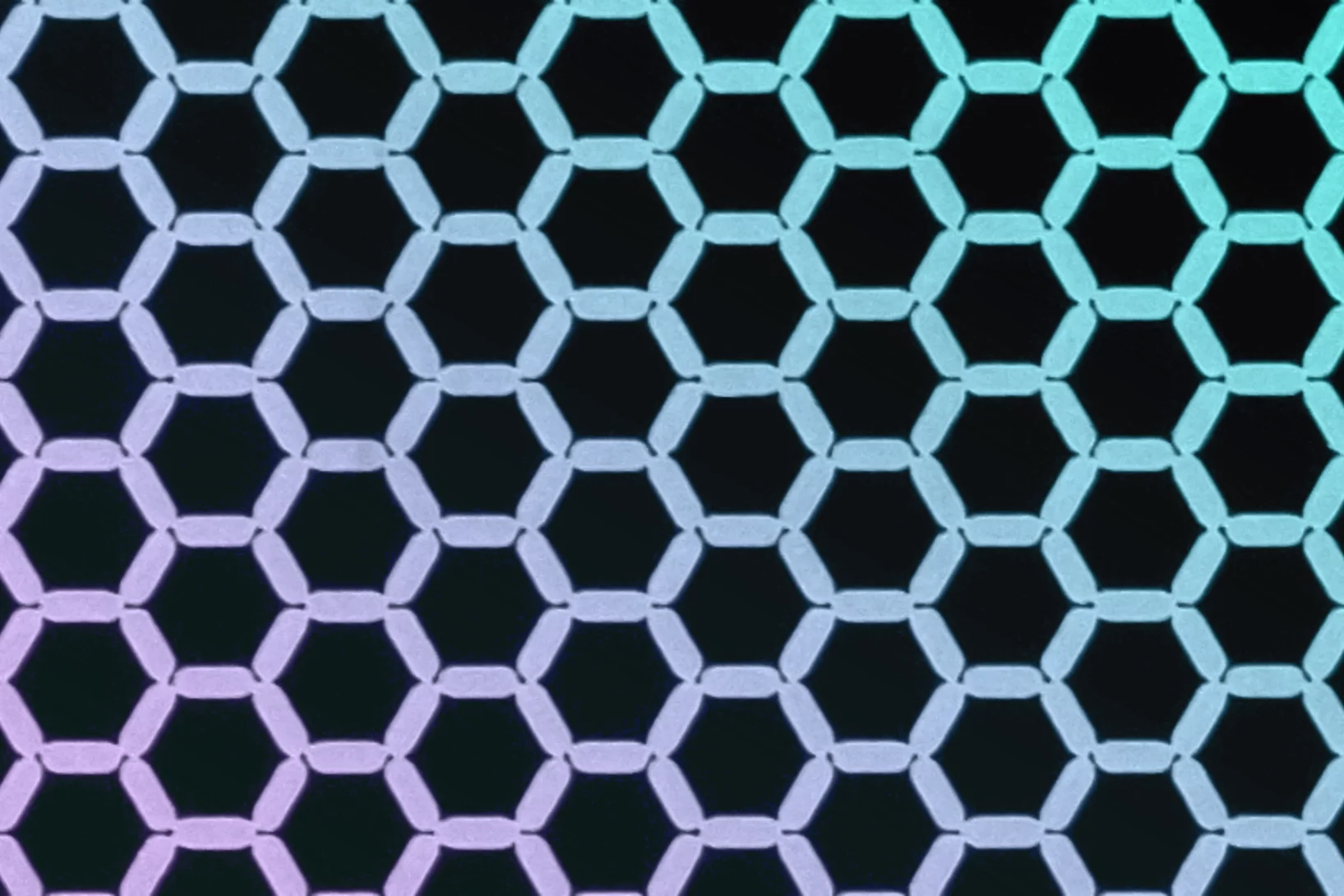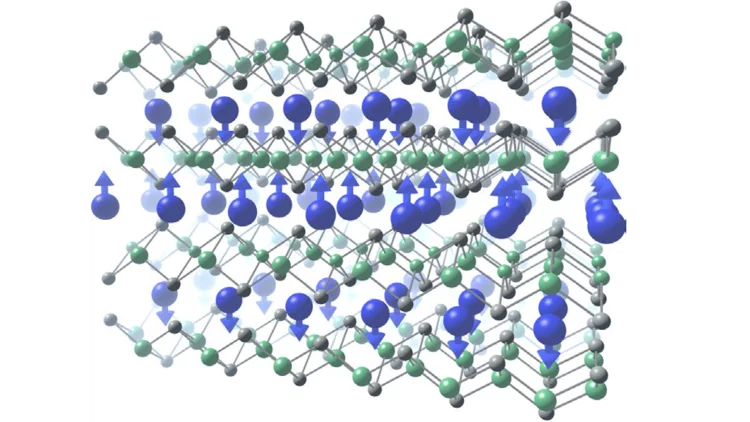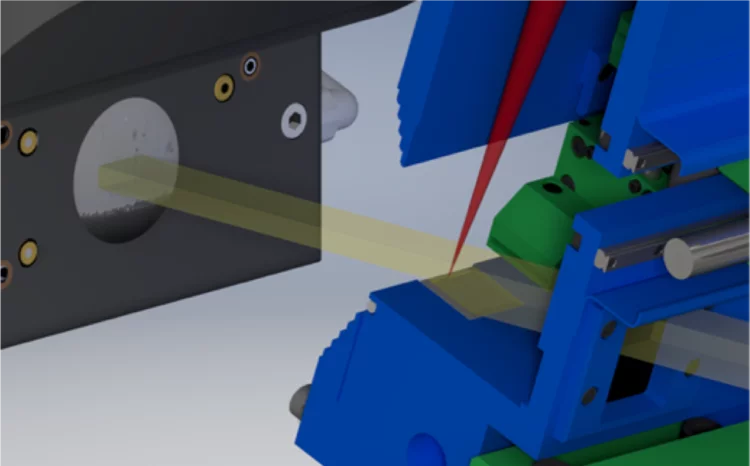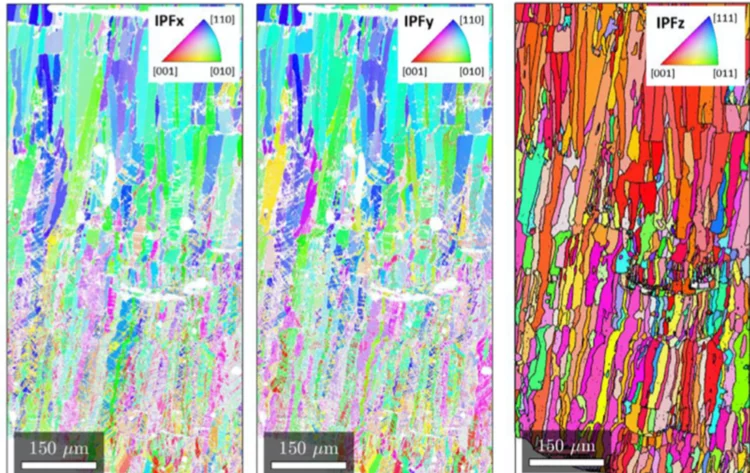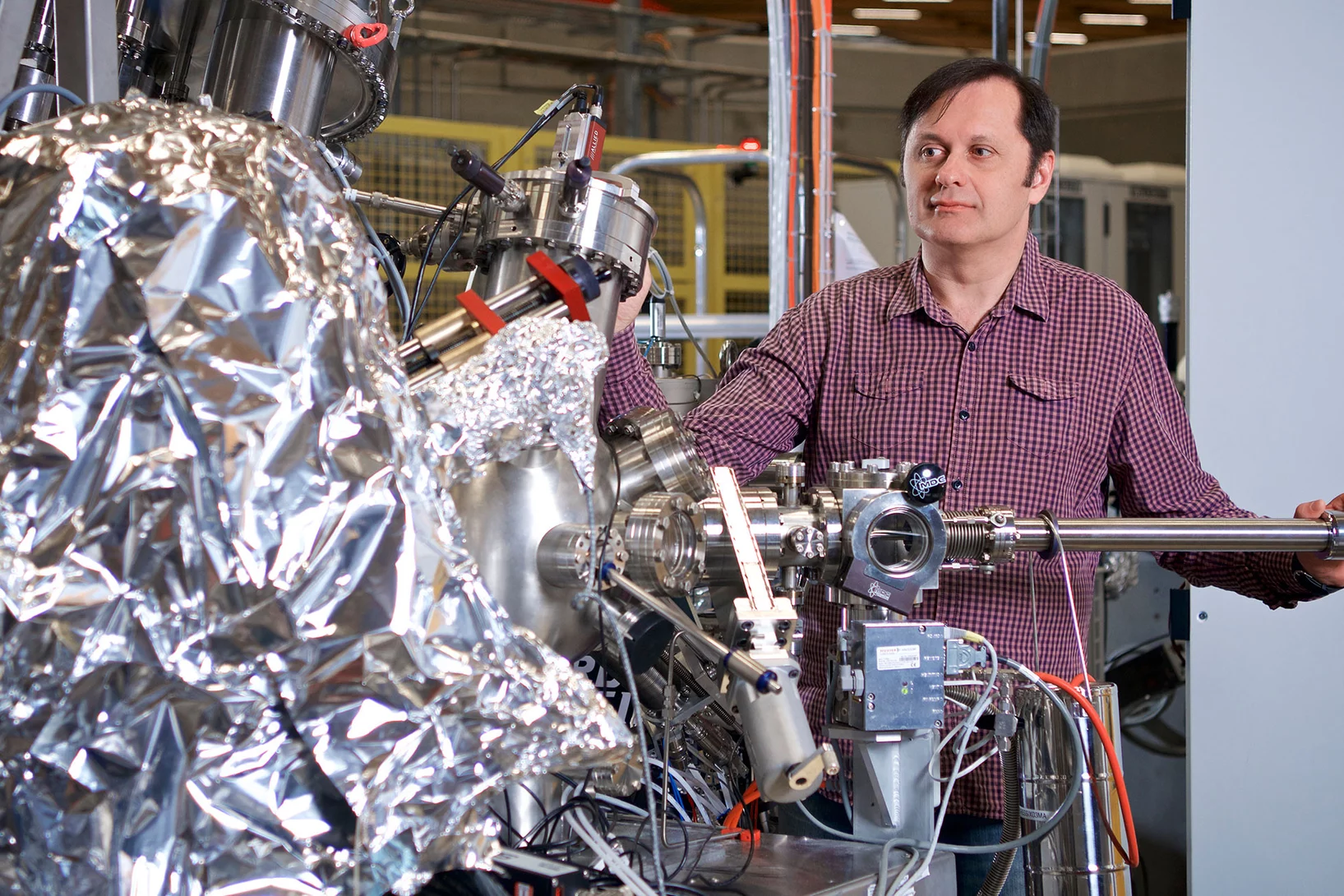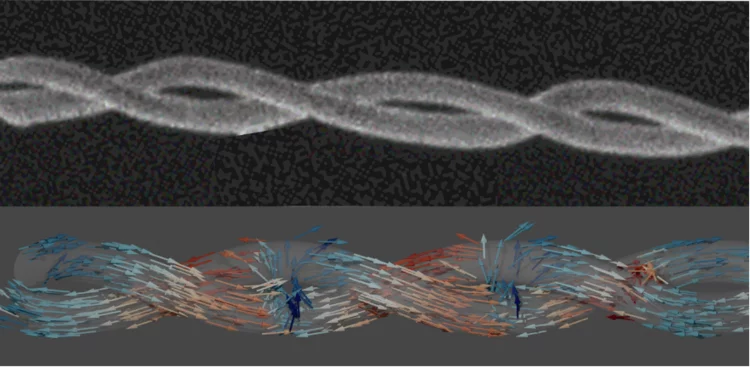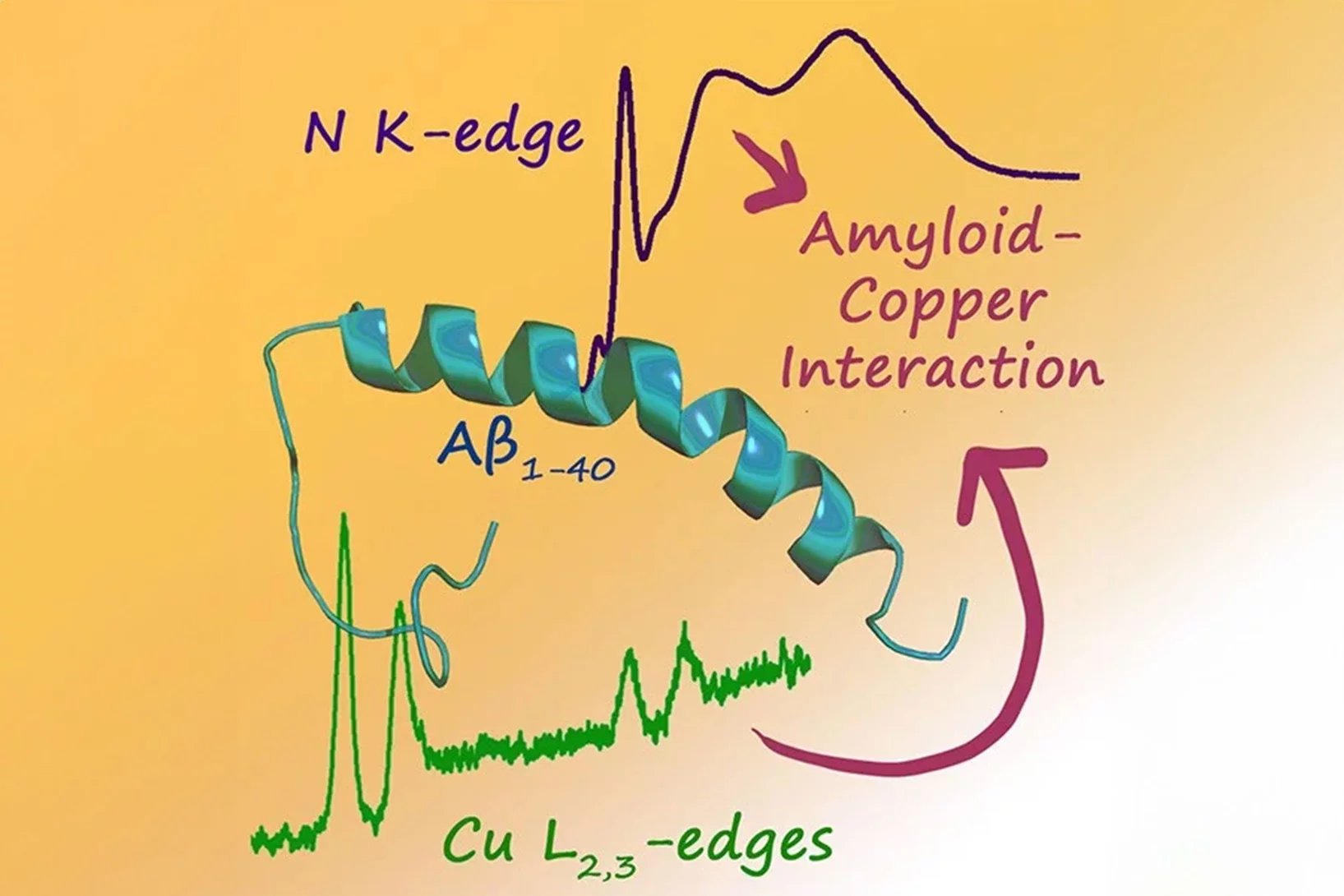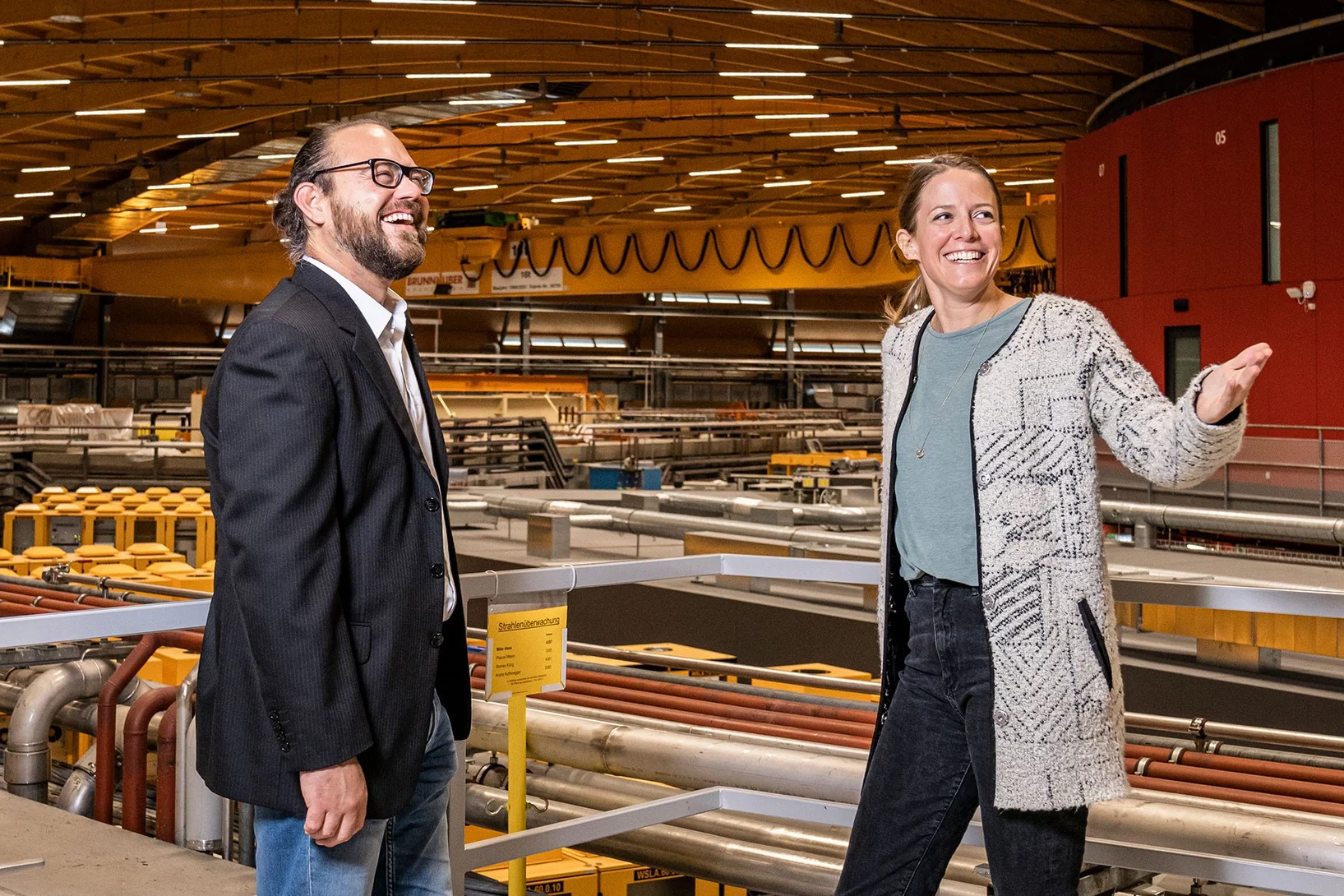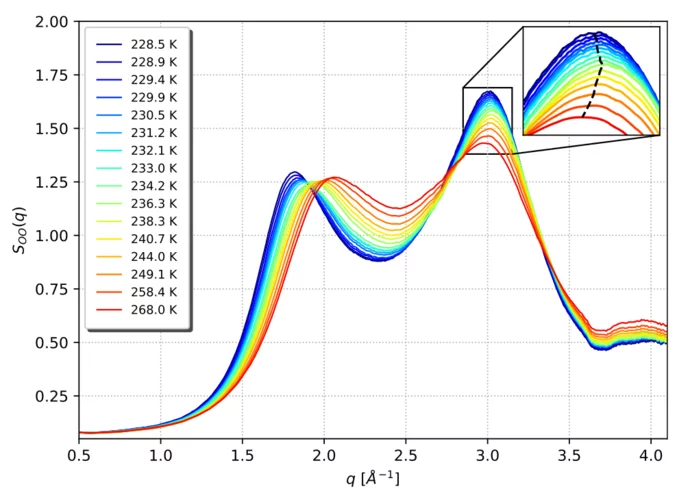Biffo the fish: BiFeO3 nanoplate wins the Magnetism Art Competition at JEMS 2023 in Madrid
Dr. Tim A. Butcher from the Microspectroscopy group was awarded the first prize in the "Art in Magnetism" competition of the JEMS 2023 conference with his contribution "Biffo", obtained from a ptychography image of a BiFeO3 nanoplate.
3D insights into an innovative manufacturing process
3D printing for creating complex shapes
Mirror, mirror on the wall…
…. Now we know there are chiral phonons for sure
A compact gas attenuator for the SwissFEL ATHOS beamline realized using additive manufacturing
Gas attenuators are important devices providing accurate variation of photon intensity for soft X-ray beamlines. In the SwissFEL ATHOS beamline front-end the space is very limited and an innovative approach has been taken to provide attenuation of three orders of magnitude up to an energy of 1200 eV. Additive manufacturing of a differential pumping system vacuum manifold allowed a triple pumping stage to be realized in a space of less than half a meter. Measurements have shown that the response of the device is as expected from theoretical calculations.
A close look at temperature profiles during laser 3D printing
Operando X-ray diffraction was used to measure process zone temperatures in laser powder bed fusion and compared with finite element simulations.
X-rays make 3D metal printing more predictable
Insights into the microscopic details of 3D printing from the Swiss Light Source SLS could propel the technology toward wider application
Discovery of a large unquenched orbital moment in a 2D van der Waals ferromagnet
3d transition metals often exhibit a quenched orbital moment when in a solid state system. Therefore, the proposition of a large unquenched orbital moment for V in VI3 caused some surprise and discussion in the scientific community. Experimental and theoretical works diverge on the fact of whether the orbital moment is quenched or not. In our work we have been able to give an answer this open issue, proposing also a model for the ground state of VI3.
Solidification modes during additive manufacturing
The thermal conditions during laser-based additive manufacturing are inferred from high-speed X-ray diffraction data and can be linked to a model for rapid solidification.
Unusual ferrimagnetism in CaFe2O4
Rare ferrimagnet states in a phase competing antiferromagnet.
Thermal cycling during 3D laser printing
High-speed in situ X-ray diffraction is used to measure temperature profiles and cooling rates during 3D printing of a a Ti-6Al-4V single-track wall.
Strong modulation of carrier effective mass in WTe2 via coherent lattice manipulation
Schematic ultrafast surface diffraction setup used for monitoring the crystal lattice in multiple directions.
Nanomaterial from the Middle Ages
Unlocking the secrets of Zwischgold at PSI.
In situ alloying during additive manufacturing
In situ alloying is an effective method to engineer microstructures of additively manufactured Ti6Al4V3Fe alloys.
Deep learning-based monitoring of laser powder bed fusion processes
We present a novel monitoring strategy for 3D print processes that consists of developing and training a hybrid machine learning model that can classify regimes across different time scales based on heterogeneous sensing data.
Mechanochromism of layered perovskites
The mechanochromism of hybrid 2D perovskites is probed at pressures compatible with practical applications
New SwissFEL soft X-ray endstation welcomes first users
Maloja is go. First user experiments mark a double first, not only for the Maloja endstation but also for the second beamline of SwissFEL, Athos.
Direct mechanochemical synthesis of polyoxometalates
Polyoxomolybdates have been directly synthesized from basic reagents in a mechanochemical one-pot reaction.
Light amplification accelerates chemical reactions in aerosols
Aerosols in the atmosphere react to incident sunlight. This light is amplified in the interior of the aerosol droplets and particles, accelerating reactions. ETH and PSI researchers have now been able to demonstrate and quantify this effect and recommend factoring it into future climate models.
Thermal and phase evolution during laser powder bed fusion of Al-Sc-Zr elemental powder blends
The reaction of elemental scandium and zirconium powders with liquid aluminum is observed directly via operando X-ray diffraction during laser 3D printing. This work demonstrates that elemental blends can be used to create fine-grained crack-free Al-alloys and highlights the importance of feature size.
Into the fourth dimension: time-resolved soft X-ray laminography
Combining time-resolved soft X-ray STXM imaging with magnetic laminography, researchers were able to investigate magnetization dynamics in a ferromagnetic microstructure resolved in all three spatial dimensions and in time. Thanks to the possibility of freely selecting the frequency of the excitation applied to the magnetic element, this technique opens the possibility to investigate resonant magneto-dynamical processes, such as e.g. magnetic vortex core gyration and switching, and spinwave emission.
A look into the magnetic future
PSI researchers are the first to observe a specific behaviour of magnetic ice.
Hercules School 2022
PSI hosted again the Hercules School in March 2022. We had the pleasure to welcome 20 international PhD students, PostDocs and scientists to demonstrate our state-of-the-art techniques and methodologies at our large scale facilities, the Swiss Light Source (SLS), the Swiss Spallation Neutron Source (SINQ) and our free electron laser SwissFEL.
Exchange scaling of ultrafast angular momentum transfer in 4f antiferromagnets
A novel approach to controlling the speed of magnetic processes has been found through resonant magnetic scattering in an antiferromagnetic Lanthanide intermetallics.
Direct observation of crack formation mechanisms with operando Laser Powder Bed Fusion X-ray radiography
Operando high-speed X-ray radiography experiments reveal the cracking mechanism during 3D laser printing of a Ni superalloy.
Understanding variant selection and texture in additively manufactured red-gold alloys
Synchrotron X-ray diffraction experiments reveal the presence of a non- negligible amount of tetragonal phase in 3D printed red-gold samples.
Semiconductors reach the quantum world
Boosted with superconductivity: Semiconductor technology can get a new twist by exploiting quantum effects in superconductors.
3D printed nanomagnets unveil a world of patterns in the magnetic field
Scientists have used state-of-the-art 3D printing and microscopy to provide a new glimpse of what happens when taking magnets to three-dimensions on the nanoscale – 1000 times smaller than a human hair.
Fingerprint of Copper in Peptides Linked to Alzheimer's Disease
In an interdisciplinary project, researchers from the Laboratory of Nanoscale Biology in BIO and the Laboratory for Condensed Matter in PSD have revealed the reaction between the nitrogen atoms of the amyloid-beta peptide and copper/zinc ions by using soft X-ray absorption spectroscopy.
Ground-breaking technology development recognised
PSI researchers win the international Innovation Award on Synchrotron Radiation for 3D mapping of nanoscopic details in macroscopic specimens, such as bone.
Anomalous temperature dependence of the experimental x-ray structure factor of supercooled water
Supercooled water scattering signals show an anolmalous structure factor temperature dependence suggesting decreasing density at lowering temperatures below 236 K (-37°C).
